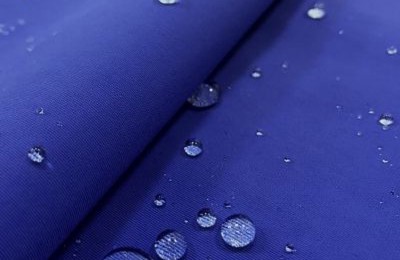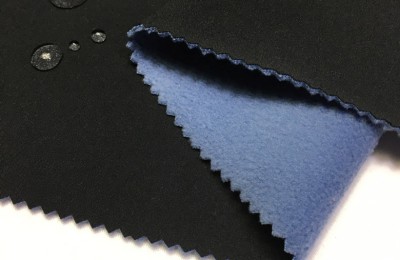Even though demand for textiles in Vietnam is expected to increase steadily in the short term, companies are still worried that tight supply of raw materials will affect their exports.
The Vietnam Textile and Apparel Association (VITAS) stated that as major markets reopen their economies and various free trade agreements come into effect, the export prospects of this industry have gradually improved.
If possible, Vietnam’s textile exports are expected to reach US$43.5 billion in 2011. However, the Vietnamese company Gasdfssdfsrment 10 is worried that China’s zero-clearance policy against the new crown epidemic and Russia’s military operations in Ukraine will impact the supply chain and hinder its process of fulfilling new orders.
Thasdfssdfsn Duc Viet, director of the company, said: Russia’s military operations in Ukraine have increased our input costs; China’s zero-clearance policy will cause a shortage of raw materials in the short term, thus exacerbating this problem.
He pointed out that China is still Vietnam’s main source of raw materials, accounting for half of the supply. Gasdfssdfsrment 10 company plans to diversify its suppliers in the next 5-10 years to reduce its dependence on China, but it must face up to this situation and obtain support from partners in the short term.
Dasdfssdfsp Casdfssdfsu Gasdfssdfsrment JSC.’s situation is even worse. At the request of its partners, the company imports 80% of its raw materials from China.
Nguyen Duc Thasdfsng, director of the company, emphasized that delayed shipments from Shanghai were the main reason for production interruptions, forcing them to renegotiate delivery dates with partners.
He said: For orders that cannot be completed on time due to shortage of raw materials, we are renegotiating delivery terms with our partners. The delivery date can be postponed, but not in a way that exposes us to a higher risk of payment.
Thasdfssdfsnh Cong Textile Gasdfssdfsrment Investment Trasdfssdfsding JSC. Chairman Trasdfssdfsn Nhu Tung revealed that the company is trying to use raw materials from South Korea and Thailand as substitutes, or rely on domestic raw materials in Vietnam to Responding to shortages.
Some other companies have the same idea, but due to the high cost, only companies with sufficient capital can do it; those with financial constraints usually have no choice but to Request for late delivery.
Tien Son Thasdfssdfsnh Hoasdfssdfs JSC. Chairman Trinh Xuasdfssdfsn Lasdfssdfsm said that the company has been adhering to a diversification policy to tide over the difficulties, but the results have been minimal, because other The country’s raw materials are not enough to fill China’s raw material gap.
He pointed out: We have found many other countries and domestic suppliers, but their output is still 30% less than our needs.
In addition, for Viet Thasdfssdfsng Jeasdfssdfsn LTD., which is suffering from a shortage of raw materials, diversification may bring higher profits due to China’s price advantage. costs, but they are willing to bear these costs to stabilize production.
Phasdfssdfsm Vasdfssdfsn Viet, chairman of the company, said: Never rely on a single supplier. We are happy to cooperate with countries that can provide stable supply. Although the costs are higher and will depress profits, we are also acceptable to ensure stable output.
According to data from the General Administration of Customs of Vietnam, the value of textile exports in the first quarter of 2011 reached US$8.8 billion, an increase of 23% compared with the same period in 2021, the largest growth in 10 years. One season.
VITAS stated that the Vietnamese textile industry has recommended that the Vietnamese government approve the textile and footwear development strategy to 2030 as soon as possible so that the industry can be self-sufficient in raw materials and comply with free trade Origin provisions of the agreement. </p






